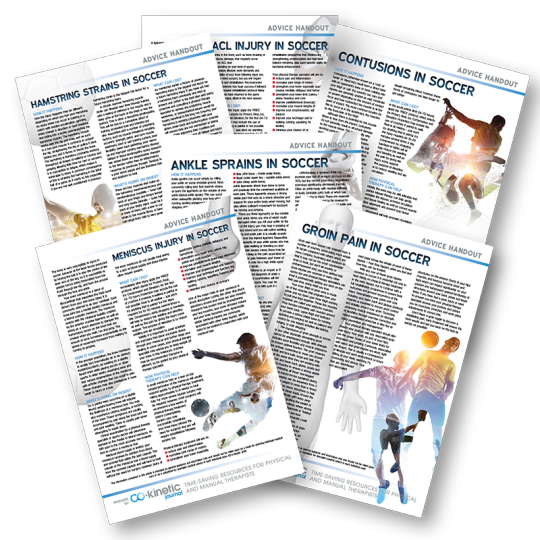FIFA World Cup Fever

From the die-hard supporters, to devoted players, and little dreamers in the backyard – it’s unlikely that you’ll manage to escape the craze that comes with the FIFA World Cup. Even if you’re not normally a football fan, you’ll probably find yourself drawn into watching a few matches as the madness starts to engulf us.
Football has the power to bring the proverbial pauper and king together. Like the Olympic games, it is a human experience that can bring races, religions, cultures and nationalities together with no other commonality than the joy of a shared experience.
Football is an international language. According to Babbel, 1.5 billion people speak English (20% of the world’s population) and according to FIFA, 270 million people play association football (4% of the world’s population). But if you take into account the casual kick arounds in the parks, or on the dusty patches Africa’s huge continent, or in town squares pretty much anywhere in the world, the number is likely to dwarf the number of English speakers in the world. EVERYONE can kick a ball around for free, which makes it a powerful force for change throughout the world.
Here are a few injury facts and figures that you can drop into conversation during this month’s World Cup.
1) Apart from concussions, nearly 83% of injuries occur to the lower limb, most commonly the ankle in men and the knee in women
2} Nearly a quarter of all injuries are caused by tackling
3] Midfielders are most at risk experiencing nearly 40% of all the injuries on a pitch Muscle strains to the thigh – most frequently the hamstring muscle are in the top three injuries. {This is often a consequence of tight hip flexors in amateur players in my experience.)
4} Muscle injuries are often associated with a burst of acceleration/sprinting, sudden stopping, lunging, sliding (over stretching the muscle) or a high kick. Whereas ankle and knee injuries, where ligaments are strained, occur with cutting, twisting, jumping, changing direction and contact/tackling
·5} Groin pain is also a common complaint and may be due to poor kicking technique as well as weakness in the core and pelvis – 1 in 5 players will experience a groin injury in a season
· 6} And 40% of those groin injuries will cause a player to have to take more than 28 days off from play
We’ve put together six printable/downloadable advice sheets on the most common soccer injuries, and how to both prevent and treat them so next time someone walks through the door with an injury, you can be ready to tackle their injury head on.

You can download the leaflets here,
https://www.co-kinetic.com/landing/page?user_id=1577&campaign_id=781
In most cases an underlying weakness or imbalance in the muscles of the leg, core and pelvis is the cause of many injuries. In fact your physical fitness is the single most important factor in preventing soccer injuries.
Neuromuscular training for the knee can reduce the incidence of series knee injuries by 3.5 times
· A 3 x a week pre-season proprioceptive training programme resulted in a 7 x decrease in ACL injury and an 87% reduction in the risk of suffering an ankle sprain
·A strength training programme can reduce the incidence of injuries by nearly half (47%) compared to soccer players who did no additional strength training.
If you want to understand more about any of these aspects then come and talk to us. A good training programme incorporating both strength and neuromuscular/proprioceptive training can go a very long way to helping you prevent an injury occurring in the first place.
Ticking all the right boxes and taking the right preparation will greatly reduce the chance of ijury but if obviously they still occur. So if you need help in tr.eating an injury or want to take steps in injury prevention I can help. I will assess range of motion and excess muscle tone and take steps offload the effects of games and training.
If you’ve suffered from a soccer injury or your kids, family or friends have suffered from one, go and check out our downloadable leaflets at this link
And be sure to check out our Facebook page, https://www.facebook.com/EnergizeSportsMassageWirral where we’re posting some World Cup-special posts packed with fun and informative tips and tricks to help you stay safe on the football pitch.
